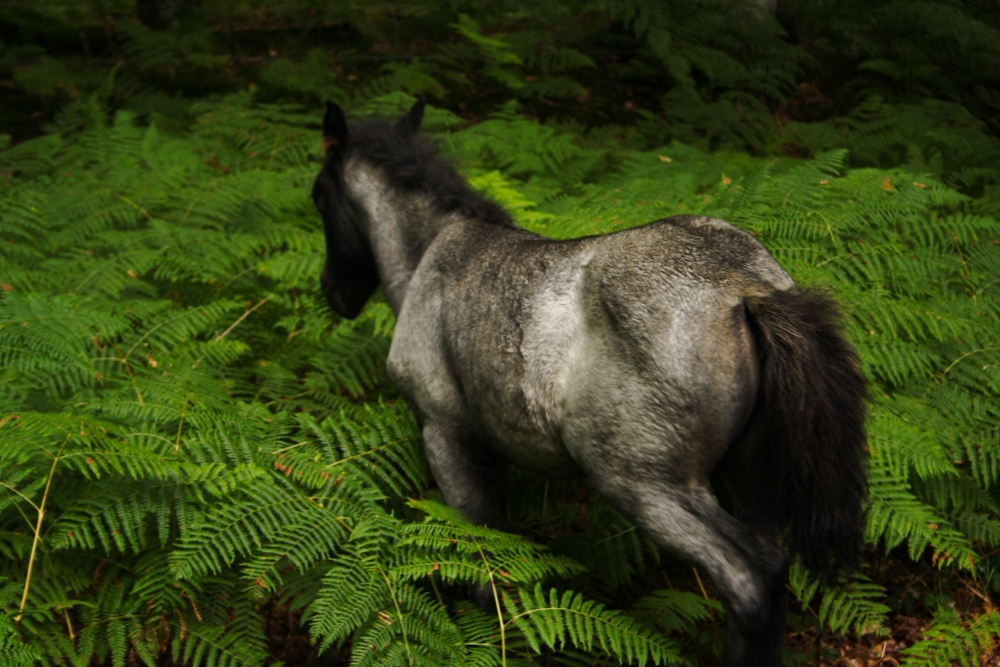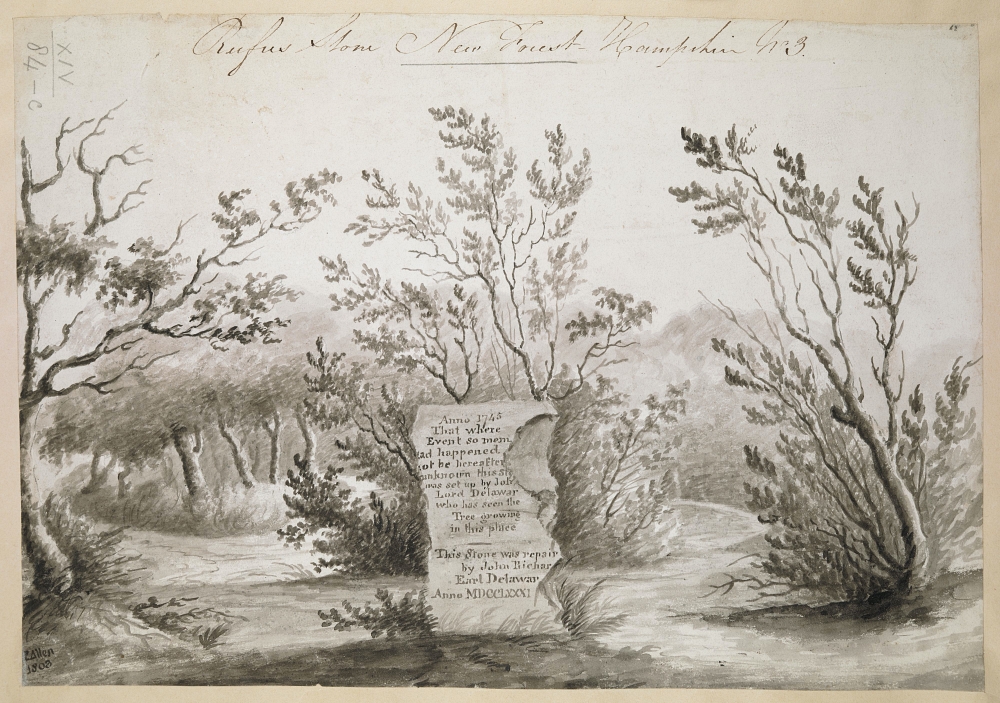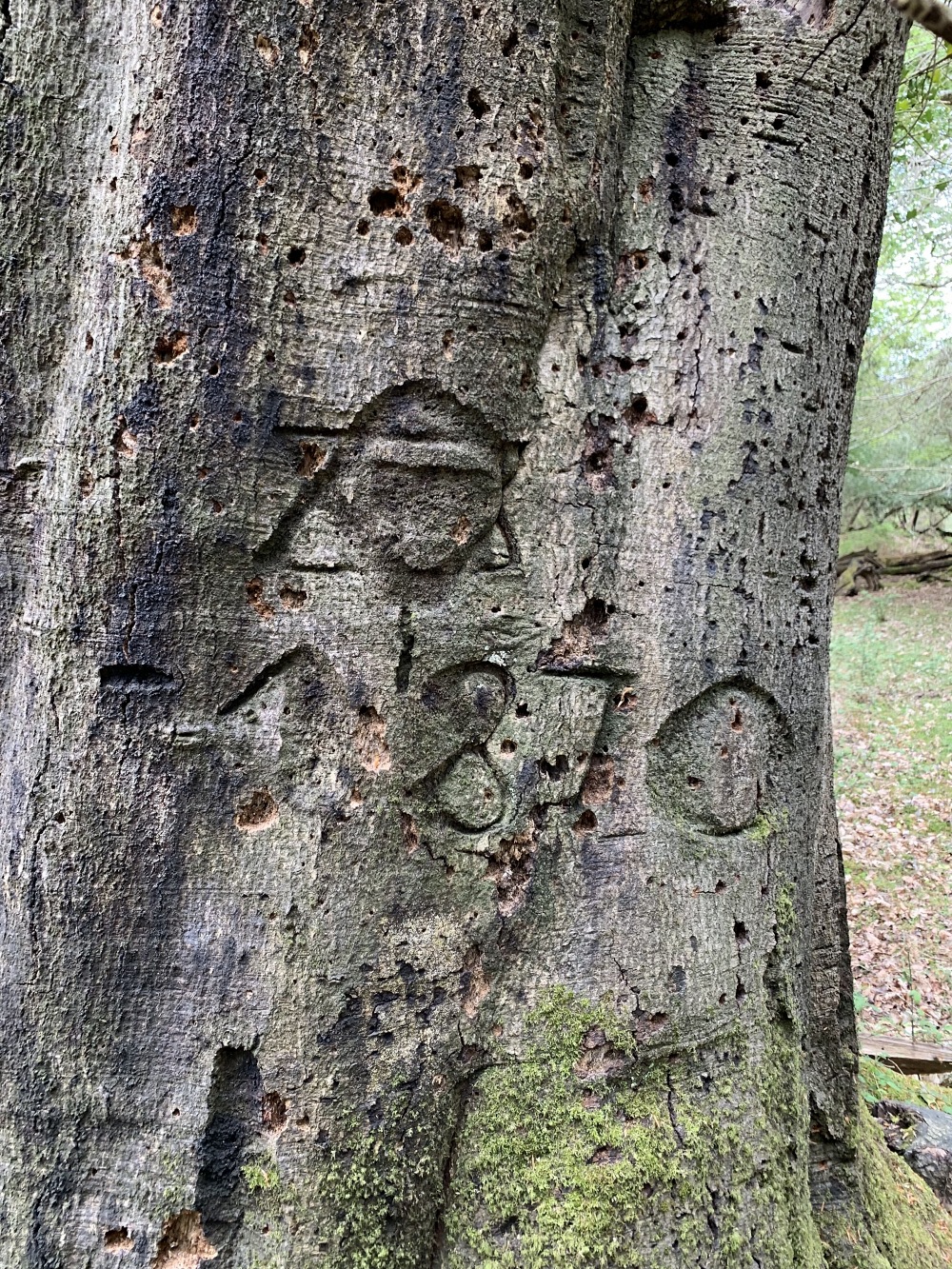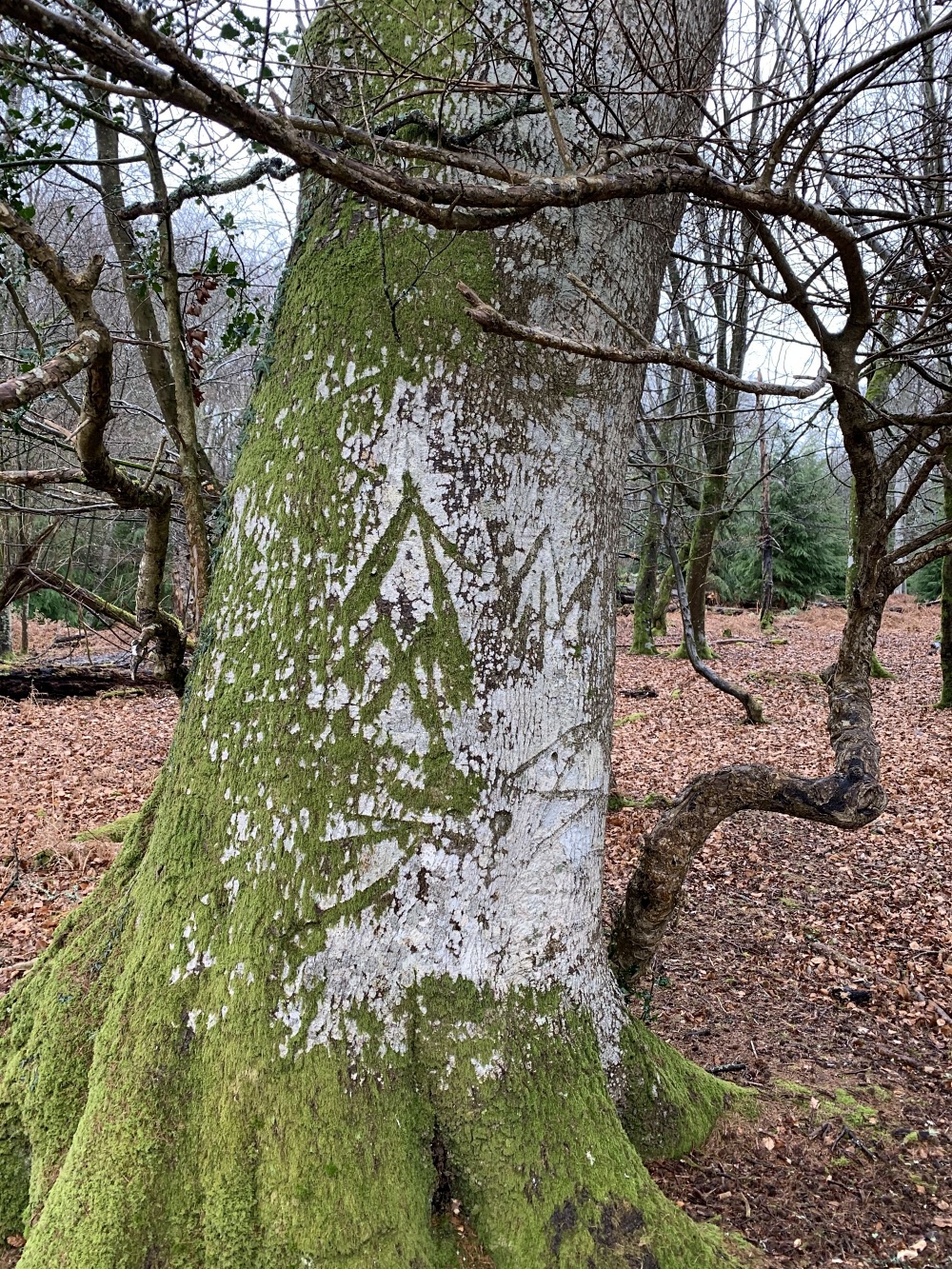The Enchanted English Forest Full of Witches’ Marks and Ponies
This place draws people in.
There are some places that just feel different when you’re there. England has many such places, some of which have been enshrined in literature like the Hundred Acre Wood of Winnie-the-Pooh or Sherwood Forest from Robin Hood. But, a less-famous forest that’s no less enchanting is New Forest covering parts of Wiltshire and Hampshire in Southern England. This interesting place not only has twisting paths to match its twisted trees, but is also home to a selection of tree graffiti that dates all the way back to Shakespeare’s time.

New Forest is special for a lot of reasons, one of which is the right of pannage. This old custom dates back 1,000 years when royal or common land was used for fattening up local pigs for the winter slaughter. Swine would root around for acorns, which are poisonous to other livestock. Only about 60 days a year is this allowed in the fall.
But, the whole year there are 5,000 ponies that also roam through the forest, making the place feel like something out of a fairytale. It is estimated that the ponies have been there for around 2,000 years, but the ponies there now are owned by local farmers just like the pigs.

The forest also connections to some famous deaths. King William I was shot in the chest during a hunting excursion in the forest in the 11th century. Today that area is marked with a stone (called the Rufus Stone) and has been for several centuries, though many have had to be replaced over the years. Strangely, one of his sons and two of his grandsons also died in New Forest.
Perhaps because of all these factors many visitors to these woods over the past 500 years have left their mark on the forest in the form of tree graffiti or arborglyphs.

Carving one’s name or a heart with a couple’s initials are two common forms of tree graffiti, but older marks were far more impactful. Some of the designs on the New Forest trees are witches’ marks, a series of circles drawn together and intended to protect the symbol-maker from the evil eye (officially known as apotropaic marks).

Another very old symbol that’s been found on trees there is known as the King’s Mark and is associated with the Royal Navy.
The biggest and best trees would be marked with this arrowhead symbol so that the tree fellers would know that they were reserved exclusively for naval shipbuilding. Once metal ships made wooden ones obsolete this practice was abandoned.
The New Forest is now a national park and as such the markings are being catalogued in a database. As trees grow and stretch the marks, many of which are now considered to be part of the larger historical record, can become deformed or lost. Fallen trees and human activity can also damage the marks, as they are ephemeral.

The hope with the database is to document these markings before they disappear completely. Some of the marks are more recent from World War II and even into the Swinging ’60s. But, despite the call for volunteers to help photograph and map the markings, such graffiti today is discouraged as it can sometimes damage the trees and harm wildlife.
SKM: below-content placeholderWhizzco for DOT

